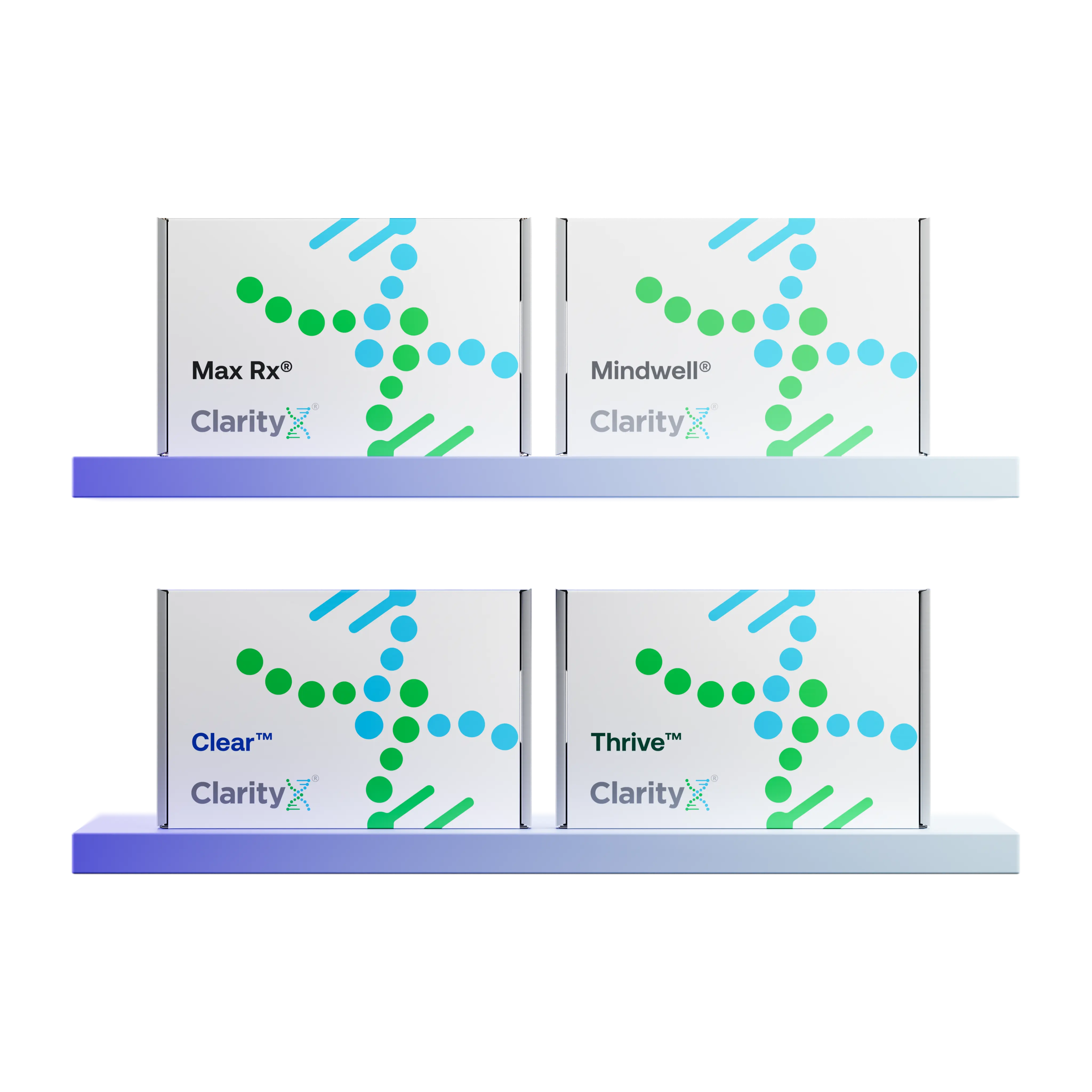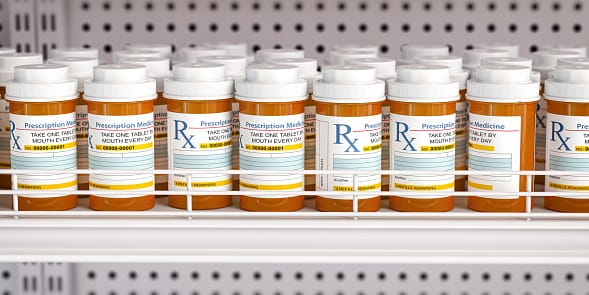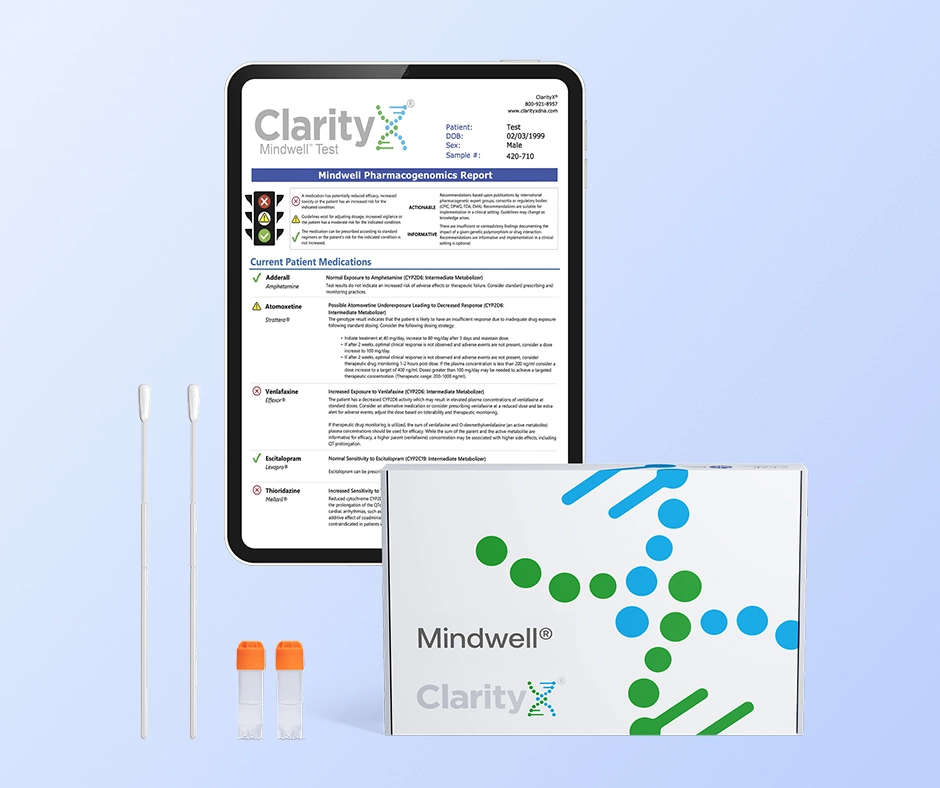As the most accessible healthcare providers and the undisputed medication experts, pharmacists are at the center of modern patient care. The goal of Medication Therapy Management (MTM) is to fulfill this role to its highest potential: optimizing drug therapy, improving adherence, and preventing adverse events.
In practice, this often means tackling the complex and costly challenge of polypharmacy.
We see it every day: the senior patient on 15+ medications, prescribed by four different specialists, who now presents with a new "symptom" like dizziness or confusion. Is it the new beta-blocker? Is it an interaction with their antidepressant? Or is it a new underlying condition? This "prescribing cascade" where an ADR is mistaken for a new symptom and treated with yet another drug is one of the most dangerous and expensive problems in medicine.
For decades, pharmacists have managed this by using their extensive clinical knowledge and drug-interaction software. But we've always been missing a critical piece of the puzzle: the patient's unique genetic ability to process those medications.
Pharmacogenetic (PGx) testing provides this missing data layer. Integrating a PGx report into an MTM service doesn't just add a new step; it fundamentally elevates the entire process from a reactive review to a proactive, predictive clinical consultation.
The MTM Challenge: A "Black Box" of Patient Variability
The core of an MTM is the Medication Therapy Review (MTR). We analyze a patient's full medication list to identify and resolve problems. But we've been operating in a black box. We know what a drug is supposed to do, but we can't be certain how a specific patient's body will react.
Adverse drug reactions (ADRs) aren't just "bad luck" they are often predictable, physiological events. They are frequently the result of a genetic mismatch between a standard dose and a patient's metabolic capacity.
This is where a PGx test, like the ClarityX MaxRx® panel, becomes the pharmacist's most powerful MTM tool. It provides a foundational document for the MTR, identifying a patient's metabolizer status (e.g., Poor, Intermediate, Normal, or Ultra-Rapid) for the CYP450 enzymes that process over 85% of all drugs.
Suddenly, the "black box" has a blueprint.
From Drug-Drug to Drug-Drug-Gene Interactions
Standard interaction software is a vital tool, but it's incomplete. It can tell you that Drug A is an inhibitor of the CYP2D6 enzyme and Drug B is a substrate. But it has no way of knowing the patient's baseline genetic function for that enzyme.
Clinical Scenario: The Polypharmacy Patient
- The Patient: A 70-year-old male managing hypertension, GERD, and new-onset depression.
- The Regimen:
- Metoprolol (a CYP2D6 substrate)
- Omeprazole (a CYP2C19 substrate and CYP2D6 inhibitor)
- Paroxetine (a potent CYP2D6 inhibitor)
- The Standard MTM: Your software flags a major interaction between paroxetine and metoprolol, both competing for the CYP2D6 pathway, and a moderate interaction with omeprazole. Your recommendation: "Monitor patient for bradycardia, hypotension, and dizziness."
Now, let's conduct the MTM with a ClarityX MaxRx report.
- The PGx Data: The report reveals the patient is a CYP2D6 Intermediate Metabolizer (IM). His enzyme function is already reduced to ~50% at baseline, before any inhibitors are added.
- The New Clinical Insight: This isn't just a drug-drug interaction; it's a critical drug-drug-gene interaction. The patient's IM status, combined with two CYP2D6 inhibitors, will functionally turn him into a Poor Metabolizer (PM). This is a process known as phenoconversion. That "standard dose" of metoprolol is now at high risk of becoming toxic.
- The PGx-Informed Intervention: Your recommendation to the prescriber is no longer a passive "monitor." It is a specific, evidence-based action: "Dr. Smith, I am conducting an MTM for our patient. His new ClarityX report (see attached) shows he is a CYP2D6 Intermediate Metabolizer. To prevent symptomatic bradycardia from a drug-drug-gene interaction, I recommend switching his paroxetine to an SSRI with no CYP2D6 inhibition, such as sertraline or escitalopram."
Empowering the Pharmacist as a Data-Driven Consultant
The PGx report transforms the pharmacist's role. You are no longer just an "interaction checker." You are a true clinical consultant who is bringing new, objective data to the care team.
This is especially critical for MTM providers because pharmacists are often the only clinicians who see the full medication picture, including prescriptions from the cardiologist, the psychiatrist, and the primary care physician. A ClarityX MaxRx® panel is the only test designed to mirror this holistic responsibility.
While legacy tests may focus only on psychiatry, a pharmacist's MTM cannot be siloed. The MaxRx panel provides the comprehensive data you need to do your job effectively, including:
- Cardiology Genes: VKORC1 and CYP2C9 for Warfarin dosing.
- Pain Management Genes: OPRM1 for opioid response and CYP2D6 for prodrugs like codeine.
- Psychiatry Genes: CYP2D6, CYP2C19, COMT, and MTHFR.
- And 25+ other clinical areas.
You are the clinician connecting the dots between all these specialists, and you deserve a test that provides all the data in one report.
By integrating PGx testing into your MTM services, you provide unparalleled value. You proactively prevent ADRs, improve adherence by selecting drugs with a better side-effect profile, and reduce total healthcare costs by preventing costly ER visits and hospitalizations all while solidifying your role as the indispensable medication expert on the patient's care team.






